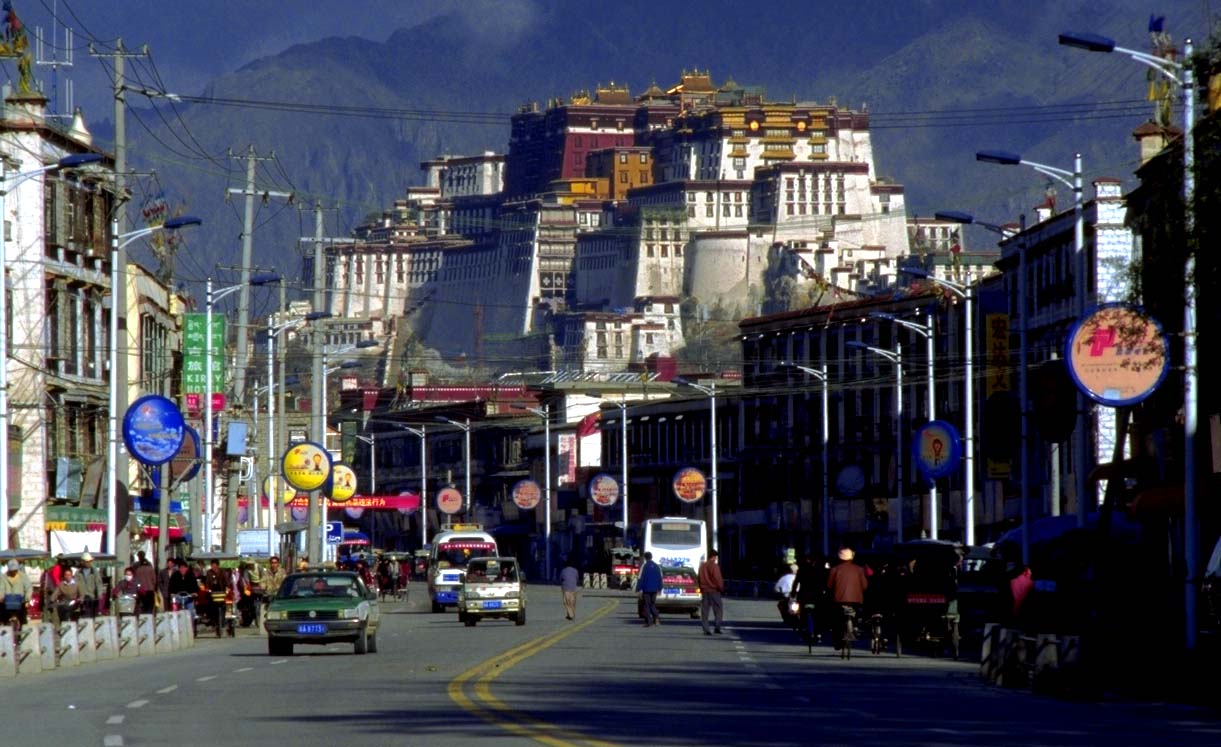
(TibetanReview.net, Mar17, 2015) – At just 23.72 percent, the rate of urbanization of Tibet Autonomous Region (TAR) in 2013 remained the slowest in the People’s Republic of China whose own rate was 53.73 percent, reported China’s online Tibet news service eng.tibet.cn Mar 16, citing the Blue Book on the Competitiveness of China’s Provinces and Autonomous Regions for 2015 issued recently by the official China Academy of Social Sciences. But with the GDP growth target for the region set at 12 percent against much lower figure for the rest of the People’s Republic of China, this many not remain for long and pace of Chinese immigration appears likely to increase.
Urbanization is directly linked to raising the share of Chinese immigrants in the region’s population. This is seen as the biggest concern for the survival of the ethnic and cultural identity of the Tibetan Plateau and its fragile environment. In 2014, China upgraded the Chamdo and Shigatse prefectures of TAR to the status of cities, setting them on the path of more rapid urbanization and development, entailing more Chinese immigration.
Sonam Dorje, CPPCC (Chinese people’s Political Consultative Conference, which advices China’s parliament) member and director of Economic-Demographic Resources and Environment Commission of the Tibet Autonomous Region, has said urbanization is an essential step for Tibet to achieve modernization and become a society of moderate prosperity. And this has been the main objective of the series of four Tibet development forums held by China’s top leadership since Feb 1980.
Whereas China itself has lowered its GDP growth forecast to the “new normal”, below double-digit growth, for this year at 7 percent, with most of its provinces following suit, growth forecast for the TAR has been kept at 12 percent, as in the past couple of decades or so.
Justifying the need for further and perhaps more rapid urbanization of Tibet, Sonam Dorje has said, “In terms of city density, there are over 200 cities and towns in the coastal area per square kilometers (in China proper), and over 20 on average nationally. But there are only two cities and towns in Tibet, which is quite spread out.” He has called for more public roads, railways and airlines for the TAR urbanization. He has added that one criterion for the region’s urbanization is the building of livable cities composed of residents with high levels of education and professional skills.
Sonam Dorje has suggested, however, that the regional government should be practical and not aim too high in its urbanization drive, calling on it to learn from past experiences and the urbanization process of other cities in China.


